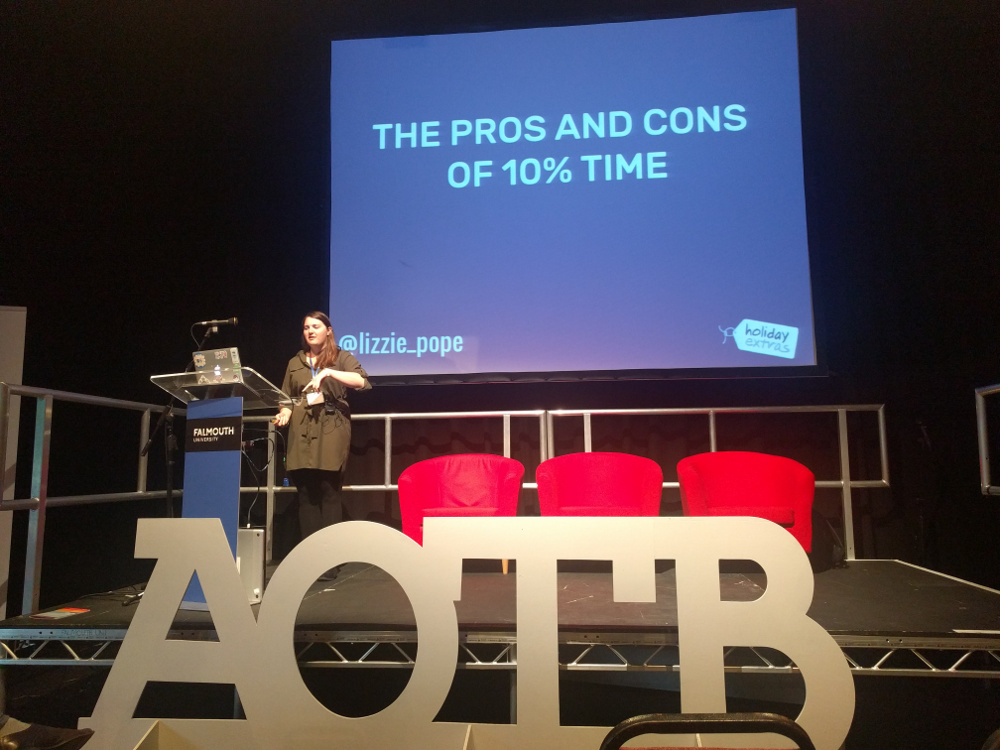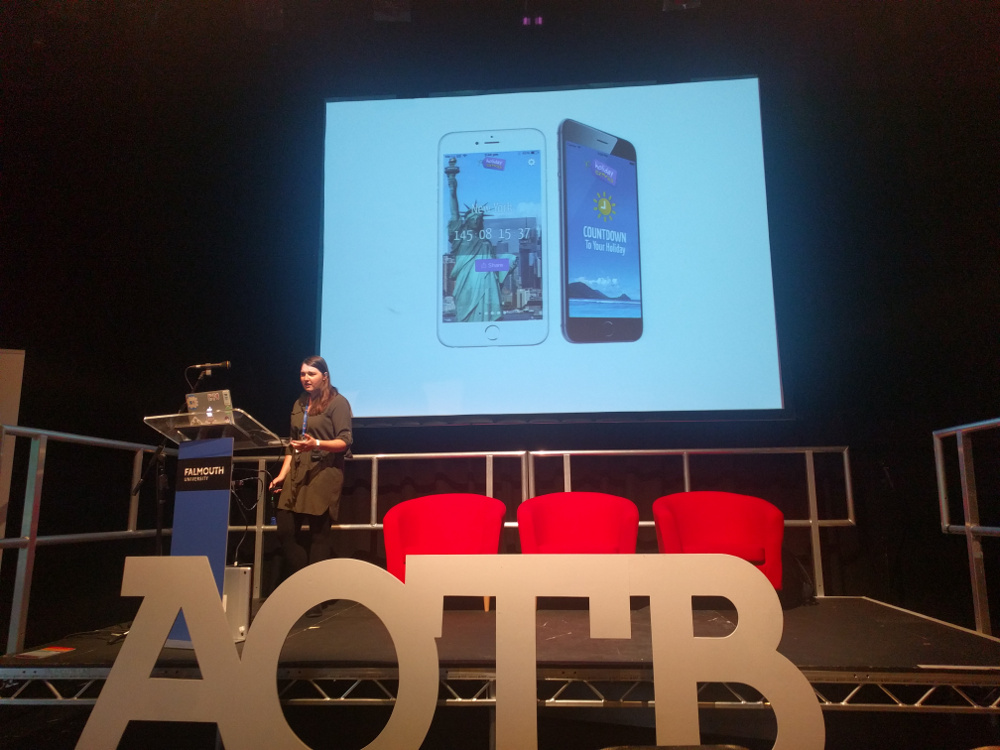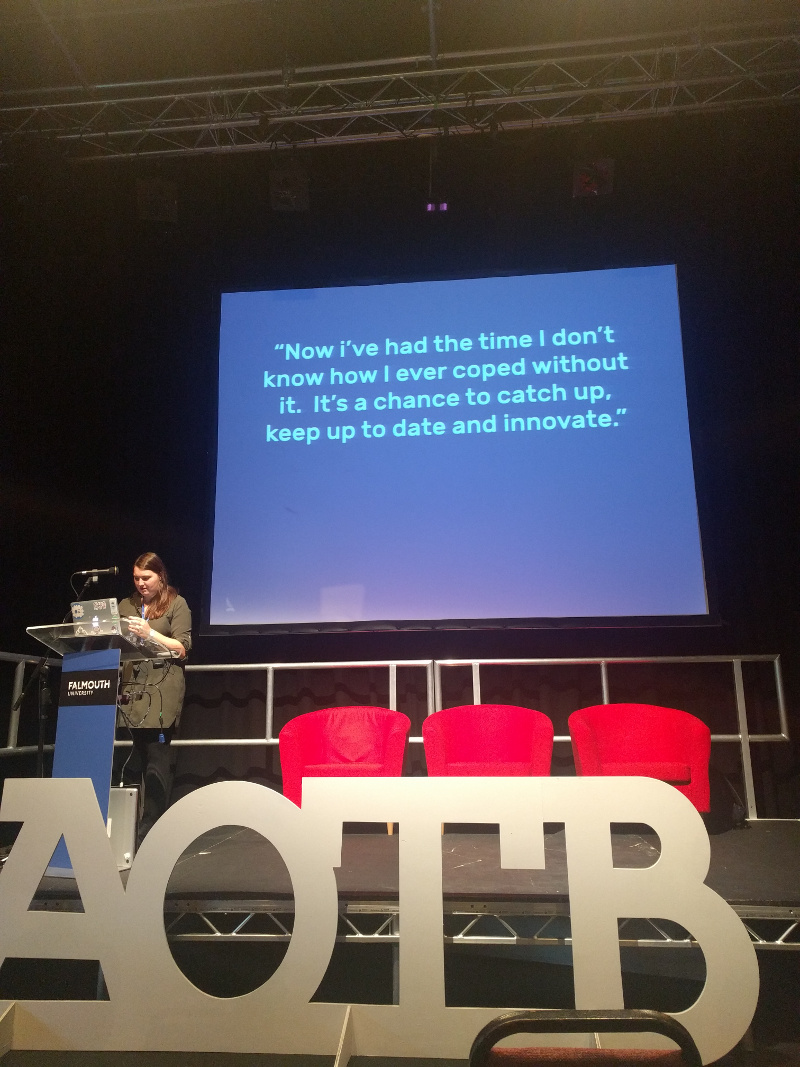
10% Time: The Pros and Cons – Elizabeth Pope
- 3 minsLiz started out as a QA Engineer at Holiday Extras in 2010. She’s come a long way since then, after revamping their testing team she had a spell as a Scrum Master before finding herself managing a team of developers. Liz has 3+ years experience in Management, focusing mostly on developing high performance and supporting the changing needs of a growing team. She currently Leads a Web team of 70+ people, and is passionate about having a motivated and empowered team. You can catch up with Liz on Twitter.
This is a live blog. Please excuse any spelling mistakes, grammatical errors and nonsensical sentences.

10% time should be seen as R&D / Learning and development. An opportunity for the team to spend 10% of their time working on something different.
Google famously allocate 20% of their time working on what they think will benefit Google. Gmail and adsense both came out of this time. Many others including Plymouth Software, where I spent my placement year, also dedicate this time to innovation. Whilst I never came up with something like Gmail, I did learn an awful lot in this time.
Holiday Extras has a project long, which is a day where they choose what to work on. It must support either their personal development or help the company move in the direction the employee this they should be moving in. Some work collaboratively, some work on their own projects or on online courses. This is all through the development team, including the Scrum Masters.
In 2011, Holiday Extras held a hack day. Instead of working on anything, they put on some funky hats and built a mobile app for counting down to their holiday. Years later this app has been used by hundred of thousands of people and has a dedicated developer in the org.

Pros of this time:
- Individual development
- Innovation
- Product and company development
- Efficiency improvements
- Collaboration
- Self organisation
- Team engagement
The 10% time also helps attract talent. It can help to set you apart from the competition, especially with companies based on the outskirts of London. Once in the team, it will help retain staff. When you can spend time on something you love as part of your job you’re a lot less likely to look elsewhere.

Some of the cons are:
- Paradox of choice with what to work on
- No end product due to no deadline
- Measuring the value
- Others not understanding
- Taking time for granted
- Testers can’t do it
- Guilt (about not doing real work)
- Getting buy in from managers and stakeholders
To get the most out of 10% time:
- Reduce the barriers to entry
- Help people feel wanted
- Encourage collaboration
- Understand that some people simply don’t want to do it
- Involve other teams, even those outside of the development family
- Make the value obvious
- Balance the business and the individual needs
- Be honest with the team ( if the time needs to be cancelled )
Overall, you need to embrace the pros…. adapt to the challenges and use the time well.